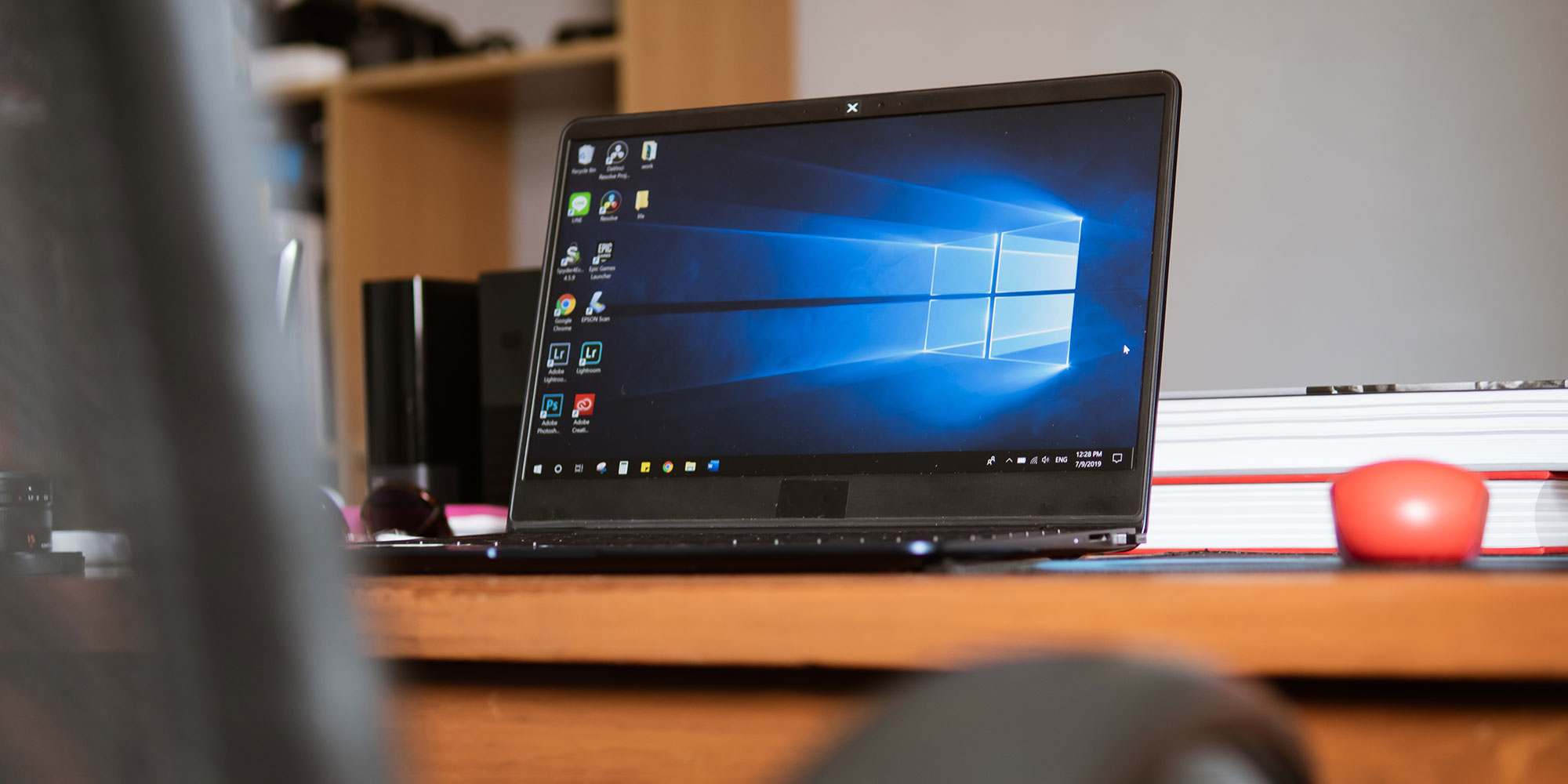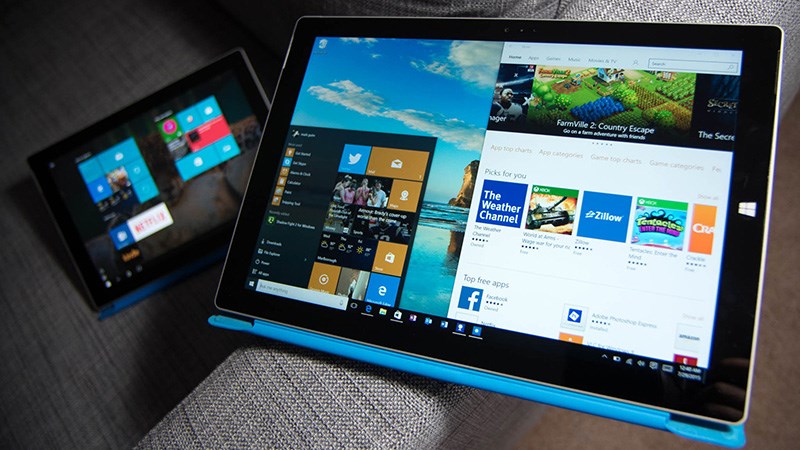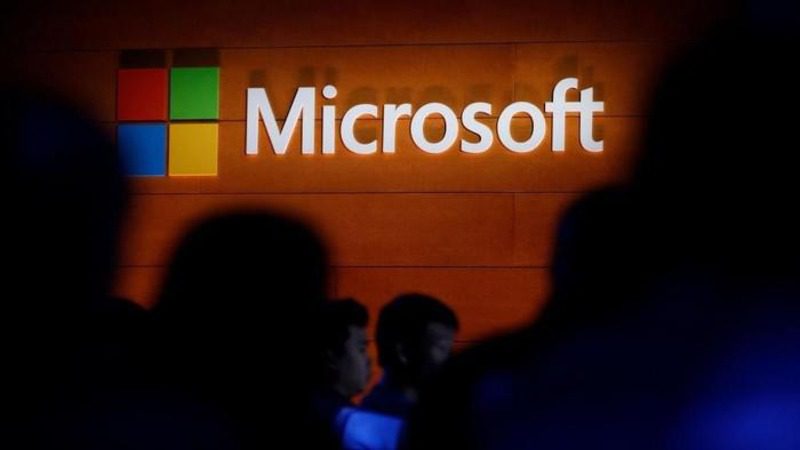







































650 million users face uncertainty as Microsoft ends Windows 10 support in October
 MLNS
MLNS
 2.0
2.0
 READ
READ
Less than four weeks before Microsoft terminates support for Windows 10, an estimated 650 million people worldwide still rely on the operating system, and up to 400 million PCs do not qualify for an upgrade.
The looming deadline has alarmed consumer organisations, cybersecurity experts, and environmentalists, who warn that millions of users will be left vulnerable to attacks or forced into unnecessary hardware upgrades.
Microsoft has confirmed that Windows 10 will reach end-of-support on October 14, 2025, concluding a 10-year life cycle. After the deadline, users will no longer receive monthly security patches and bug fixes. That leaves each newly discovered vulnerability wide open, and older devices a prime target for hackers.
The move has been criticised by US and European consumer groups for unfairly pressuring people to replace working machines. Consumer Reports labelled the decision “a blow to consumers’ pocketbooks,” warning that households with multiple PCs will incur considerable costs to stay safe.
French campaigning group Halte à l’Obsolescence Programmée (HOP) has launched a petition calling for free updates through 2030, citing the environmental expense of mass device upgrades.
Similarly, Germany’s Verbraucherzentrale announced plans to reduce consumer choice and unnecessary e-waste.

Millions need to pay for upgrades or suffer
Although Microsoft has been urging users to upgrade to Windows 11, some of which is available as a free download, many PCs for sale are not compatible with the latest operating system due to its strict hardware requirements.
These include the need for modern processors, Trusted Platform Module (TPM) 2.0 support, and specific security features. As a result, analysts estimate that hundreds of millions of users will need to purchase new hardware to continue receiving updates.
For those who are not ready or cannot make that leap immediately, Microsoft is offering a paid lifeline. Users can purchase a one-year extension of security patches for $30 per machine. This gives them space to plan their upgrade strategy. Multi-year coverage is available for purchase by large businesses, though at a pricier rate.
Cybersecurity experts warn that foregoing the deadline altogether is not secure. Without receiving any updates, one is no longer protected from the newest cybersecurity threats, they pointed out.

Unpatched systems will be exploited by attackers since they know that the vulnerabilities will not be fixed. The coming weeks after October 14 could see a spike in malware infections on Windows 10 systems that remain connected.
Read also: Microsoft exposes Nigerian coder behind phishing operation targeting 365 users
Microsoft has advised users to run its PC Health Check tool to check if their devices qualify for an upgrade.
Those who do not qualify for an upgrade have been advised to buy new PCs that are Windows 11 compatible, or, as some tech experts have suggested. Other operating systems, such as Linux, are options to consider.
A global transition with serious implications
The scale of Windows 10’s support move is what makes this one of the largest operating system migrations in the history of tech. As 650 million users remain on the platform, the event represents a massive wave of software upgrades, hardware purchases, and IT planning for both consumers and enterprises.
Analysts predict that PC manufacturers will see a boost in demand over the coming year as people upgrade old hardware.
But the effect will be mixed: in developing countries, where more people use older computers and budgets are lower, the transition could hasten digital exclusion. Students, small businesses, and poorer families will be worst affected if they cannot afford to upgrade, experts say.

Despite criticism, Microsoft has shown no inclination to extend the free update period. Instead, the company has promoted Windows 11 as the future of the platform, touting improved security features, AI-driven tools, and extended support lifecycles as justification for upgrading.
For now, the clock is ticking.

